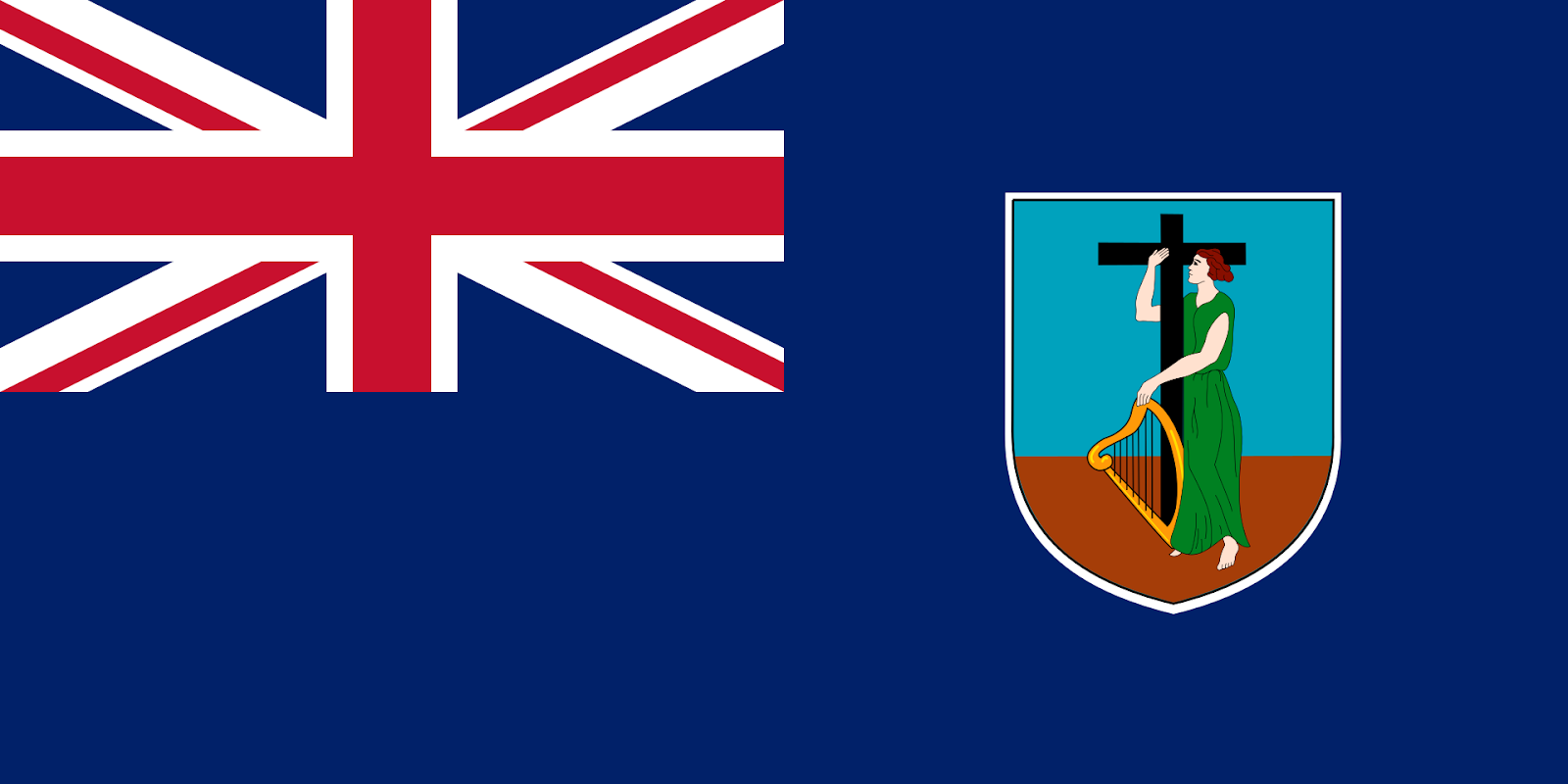An Unexpected Diaspora
This week we are looking into the colourful history of the Gael-Caribbean diaspora. Irish history has a few unexpected turns like this. What in the world were the Irish doing that close to the equator? And without sunscreen!
Well, back in those days, people weren’t just locked up for crimes, but sometimes banished to penal colonies to work off their debt to society. Such British colonies you may recognise today as: Bermuda, Jamaica and Australia. Obviously those countries had their own first peoples; we can only imagine what they thought of the new, red-headed kids on the block.
The Cromwellian conquest of Ireland in the mid 17th century would spark a wave of emmigration to the West Indies. Stripped of their land, many Catholics would choose the treacherous journey into indentured servitude abroad over further persecution from Parliamentary rule in Ireland. Joined by petty criminals and political prisoners it’s estimated around 50,000 Irish were transported within 10 years. Predominantly to Montserrat, Jamaica and Barbados. A new diaspora was born.
Sugar Boom, Bodies bust
While in most of the Americas they were sticking with tobacco, the West Indies were investing in the newest commodity: sugar. This crop would expect to see triple digit growth in the next 50 years. With such demand comes supply, and you need a lot of hands to fulfill this. Farming sugar was thus the primary source of labour forced upon the indentured. Long days in the Caribbean heat, coupled with the brutal working conditions, would give the Irish one of their least known slurs: Redlegs. Pretty self-explanatory.
After paying their dues and serving for around 7-10 years, the Irish were free to return home. Problem was, many had no money, no land and no marketable skills. So most remained. Some did manage to become somewhat successful, others remained on the sidelines of society. This is a narrative that, of course, you may be familiar with as it was experienced by other indentured workers in the Caribbean.

The Fields of Athenry?
Their legacy stretches across the entire region. Whereas the British, Spanish and French largely kept to their respective islands, the Irish would continue travelling, searching for a piece they could call their own. Some estimate that by the 1700s nearly half the population of the entire West Indies was of Irish descent. What we know for sure is that cultures were shared and evolved.
Today, Irish culture is baked into many Caribbean traditions. Take the flag of Montserrat, featuring a beautiful Irish beaur, and traditional harp, emblematic of Gaelic ruling class from back home. Jamaica is dotted with place names you may recognise from the Emerald Isle; Belfast, Clonmel, Dublin Castle, Sligoville, Athenry. The Irish can even claim Barbadian singer Rihanna as one of their own. Her father, Ronald Fenty, was of Irish descent. Whats the craic, Ri-Ri?
Music, food, accents; the Irish influence can be felt in many aspects of Caribbean culture.
Early days.
Although more synonymous with the British, we can be sure the Irish played their role in producing some of the earliest expressions of rum. What was originally referred to as Kill-Devil, would later become more refined and produced en masse. Today, except for Killlowen, and some sourced liquid, the Irish aren’t that adept in rum production. However, we aren’t bad at making interesting whiskey. With that said, take a look at our rum-influence collection available to buy today!

